Master of Antoine de Roche
Artists
The Master of Antoine de Roche has been tentatively identified with Guido Mazzoni of Modena (d. 1518) who is first documented as a painter in Italy in 1472, but was mainly known for his painted terracotta sculpture.
Mazzoni left for France in 1496 where he served as artist to Charles VIII (1470-1498) and designed the king’s bronze tomb in St Denis. Mazzoni also executed various commissions for Louis XII and Anne of Brittany, and it is conceivable that he made this Primer at the queen’s request. Ironically, for a book that was made to teach her daughter how to read, garbled captions in Old French (e.g. ADEM ET VEE) are inscribed on the gold frames of the miniatures. The captions in red and blue were painted with a fine brush and are almost certainly the work of the illuminator. Whoever supplied the captions had not mastered French, which lends support to the idea that the artist was a foreigner. No works survive from Guido Mazzoni’s time in France, so whether he did, in fact, illuminate Claude’s Primer remains subject to debate.
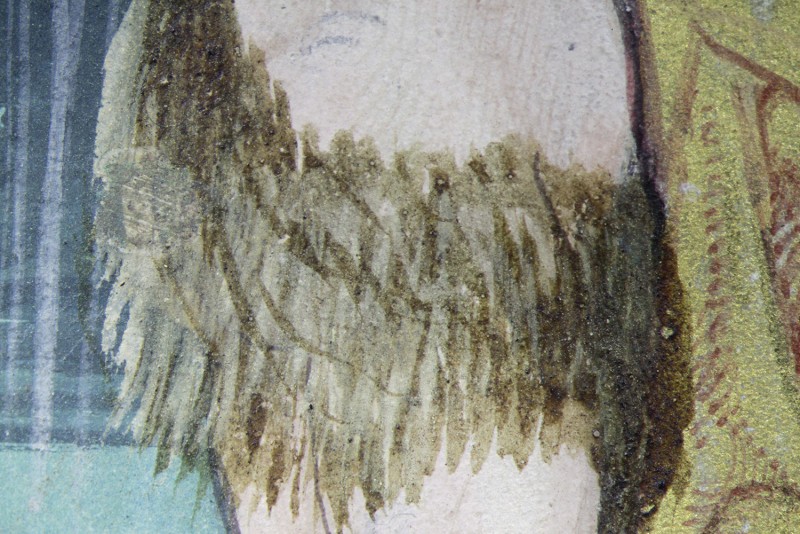
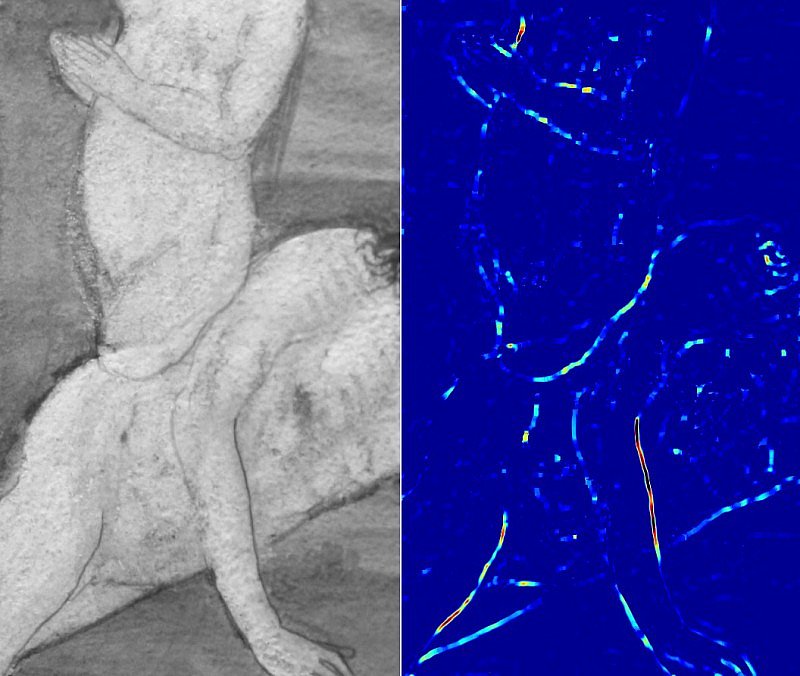
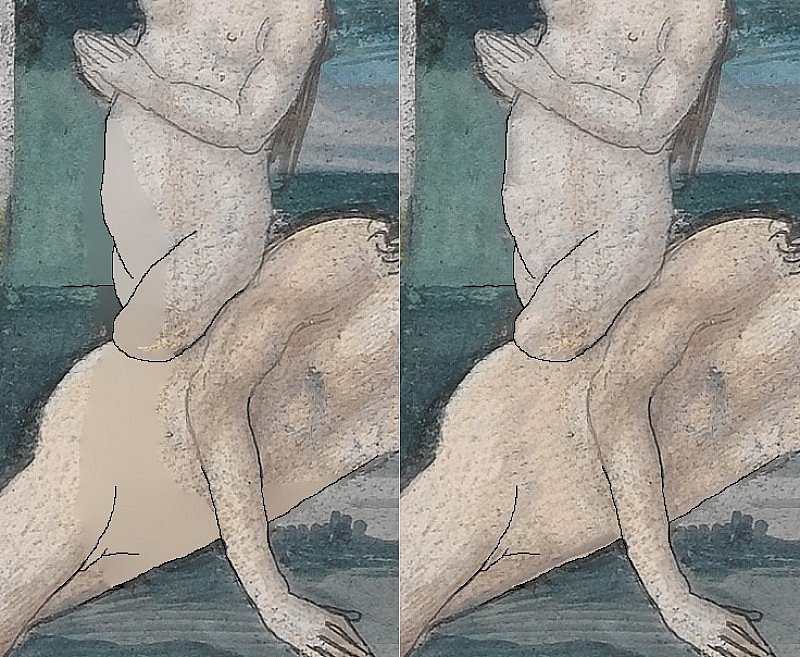
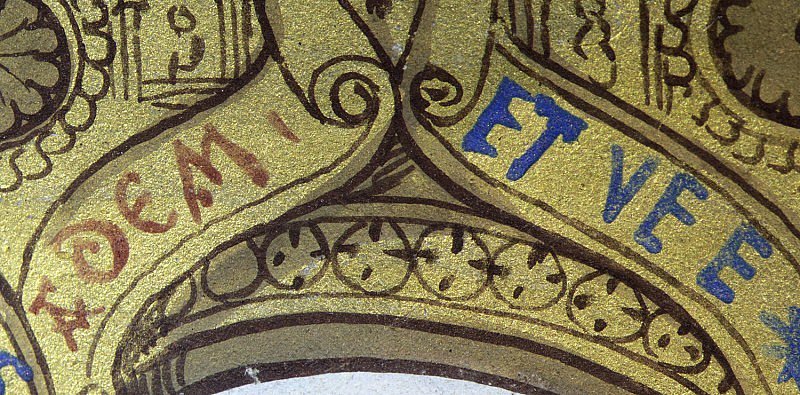
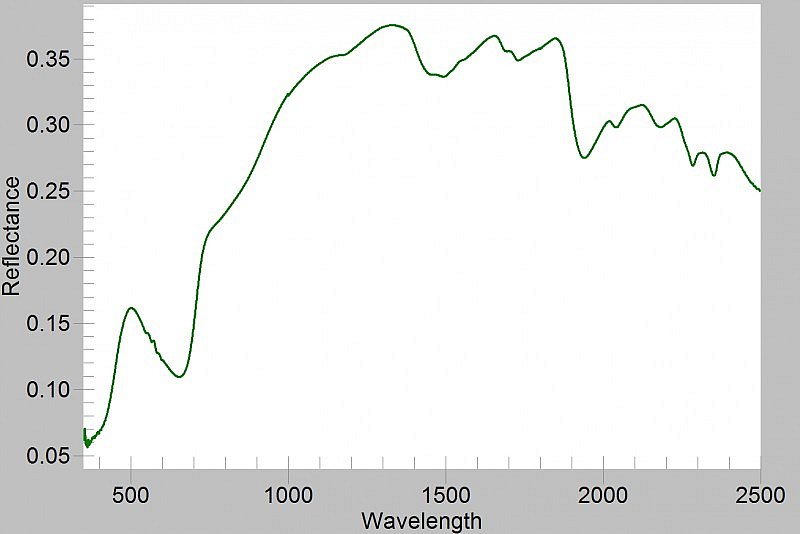
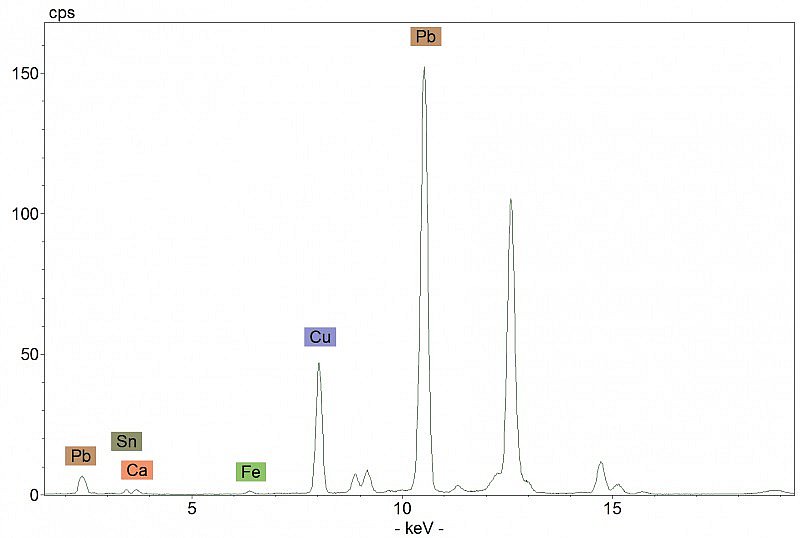
God creating sun, moon and stars; God creating Adam and Eve; God instructing Adam and Eve
At the request of a post-medieval owner who was offended by their nudity, the images of Adam and Eve on this page were overpainted to conceal the couple’s nakedness; Eve acquired a veil and Adam a skirt (hotspot 1). Using virtual ‘image restoration’ based on Partial Differential Equations (PDEs), it has been possible to create mathematical reconstructions of the scenes and to digitally ‘restore’ the figures to their original state (hotspot 2 and ‘Virtual restoration’ layer).
This is one of the pages where the artist used the unusual pigment known as ‘artificial orpiment’, mixed with lead-tin yellow in feathers of the bird in the upper border.
